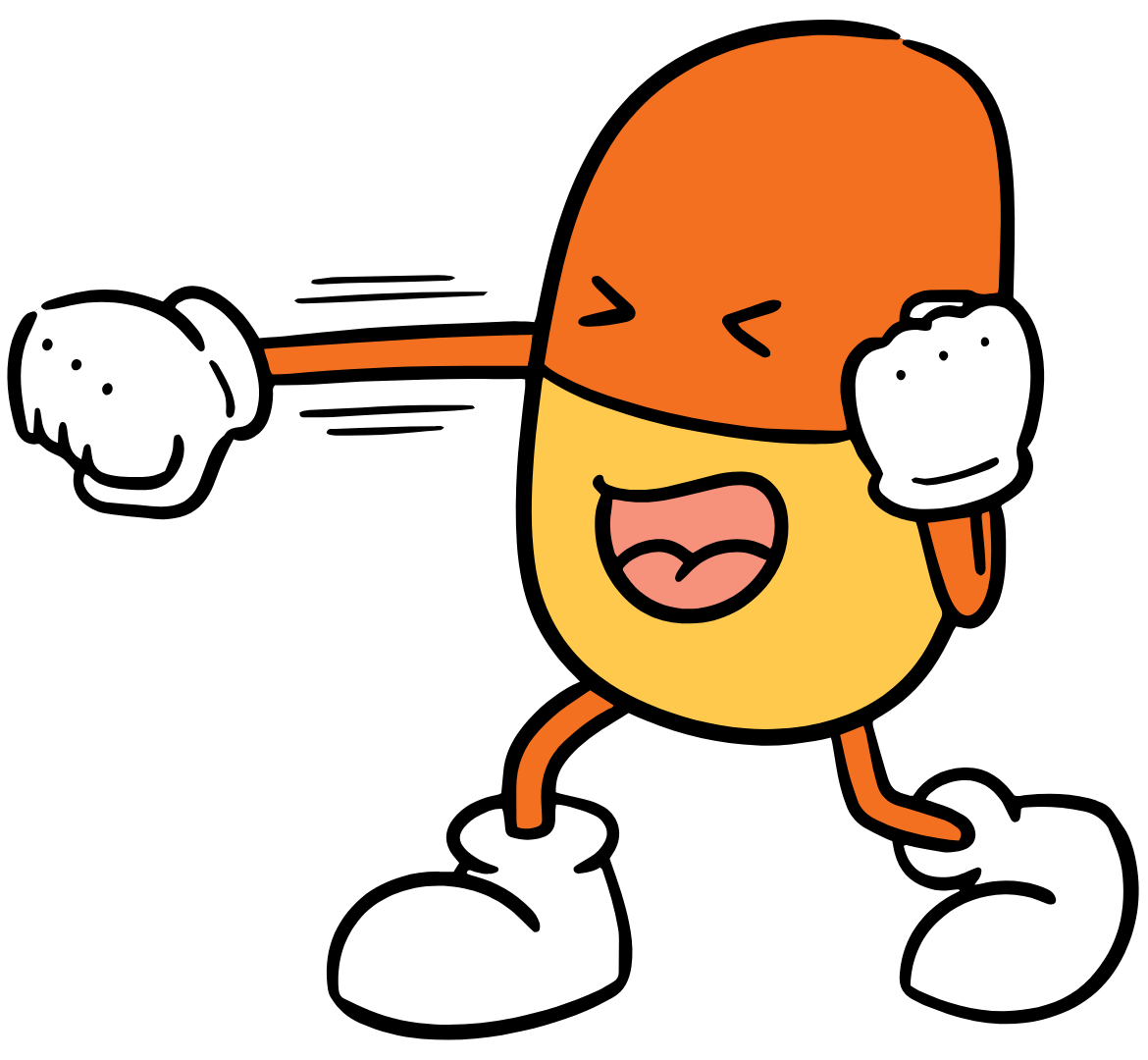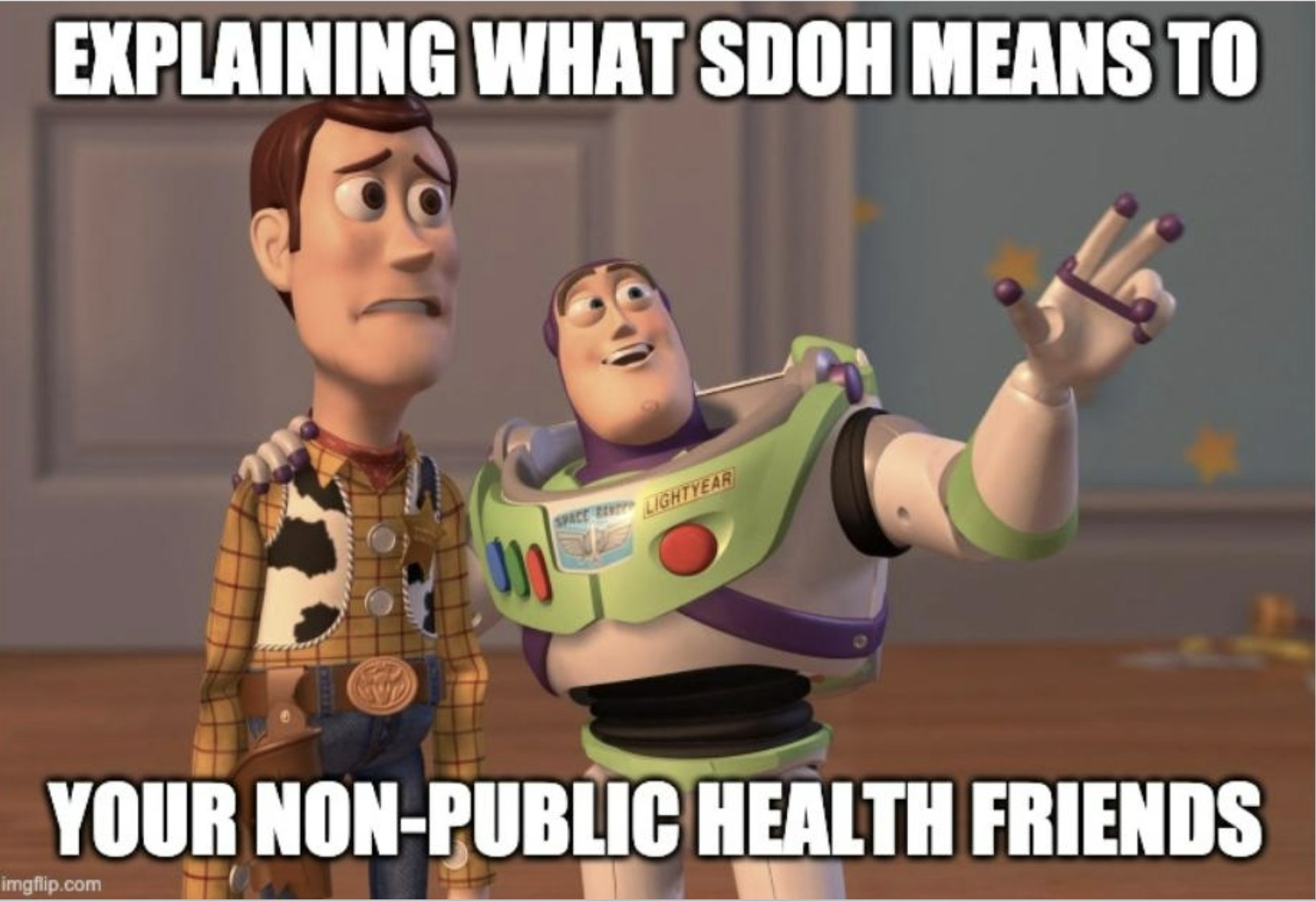Is Public Health a Type of Health Science?
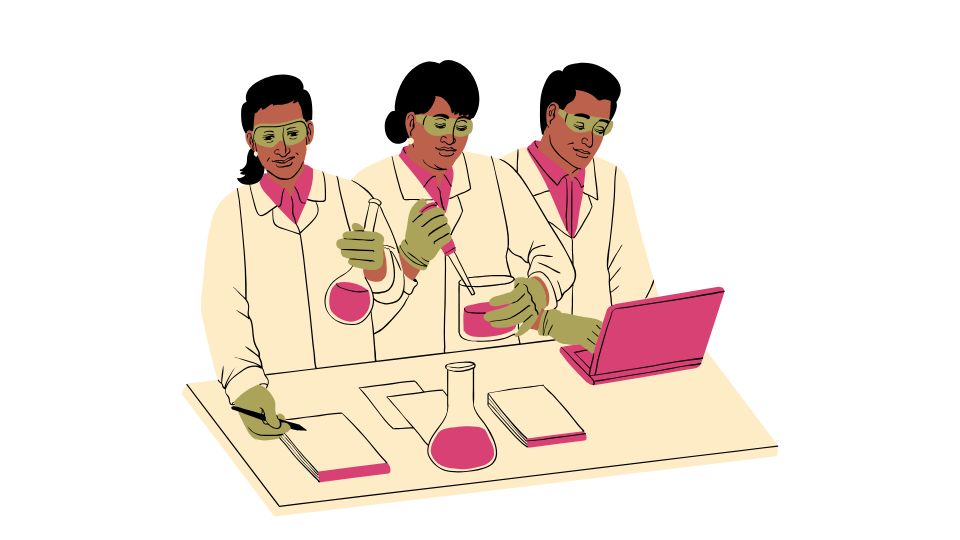
Ever wondered if public health is a “real” science? Or is it more like that cousin who shows up to family gatherings with weird ideas about how society should work?
Let’s dive into this question and figure out exactly where public health sits in the world of health sciences – and why it matters for all of us.
Is Public Health Actually a Health Science?
The short answer: Yes, public health is absolutely a health science – but it’s a special breed with its own unique approach.
While most health sciences focus on treating individual patients (think doctors in white coats with stethoscopes), public health zooms out to look at entire populations. It’s less about fixing what’s already broken and more about preventing problems in the first place.
Public health is officially defined as “the science and art of preventing disease, prolonging life, and promoting health through organized efforts and informed choices of society, organizations, communities, and individuals.”
Notice they call it both a science AND an art. That’s because while public health relies on hard data and research, it also requires creativity in how we apply solutions across diverse communities.
Public Health vs. Health Science: What’s the Difference?
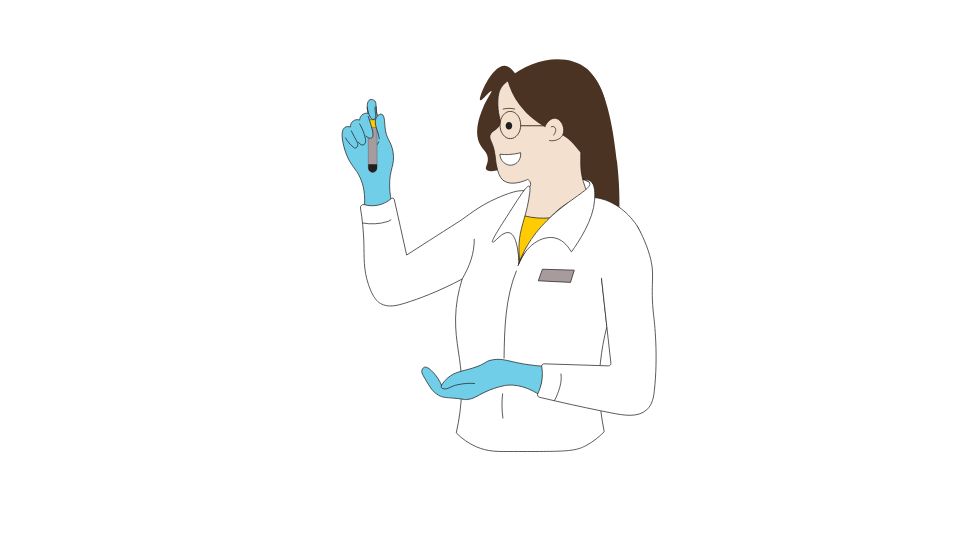
Think of health science as the parent category and public health as one of its most important children. They’re related, but they have different priorities:
| Aspect | Public Health | Traditional Health Science |
|---|---|---|
| Focus | Population health, prevention | Individual patient care, treatment |
| Approach | Community-oriented, policy-driven | Clinical, patient-centered |
| Where They Work | Government agencies, NGOs, community programs | Hospitals, clinics, research labs |
| Goal | Prevent disease before it happens | Treat disease after it appears |
Public health professionals are less likely to give you a shot and more likely to design the vaccination campaign that reaches your entire city.
The Science Part of Public Health
Don’t let anyone tell you public health isn’t “scientific enough.” It’s actually built on multiple scientific disciplines:
Epidemiology: The Detective Work
This is the core science of public health – tracking how diseases spread through populations. Remember those COVID-19 curves everyone was obsessed with flattening? That’s epidemiology in action!
Biostatistics: Numbers Don’t Lie
Public health runs on data. Biostatisticians analyze health trends, evaluate program effectiveness, and help determine which interventions actually work.
Environmental Health: The World Around Us
From water quality to air pollution to climate change – environmental health scientists study how our surroundings impact our well-being.
Health Policy: Making the Rules
Policy research might sound boring, but it’s how we translate scientific findings into real-world change. When scientific evidence leads to a new law that saves thousands of lives – that’s public health science making a difference.
Why Public Health Deserves Its “Science” Badge
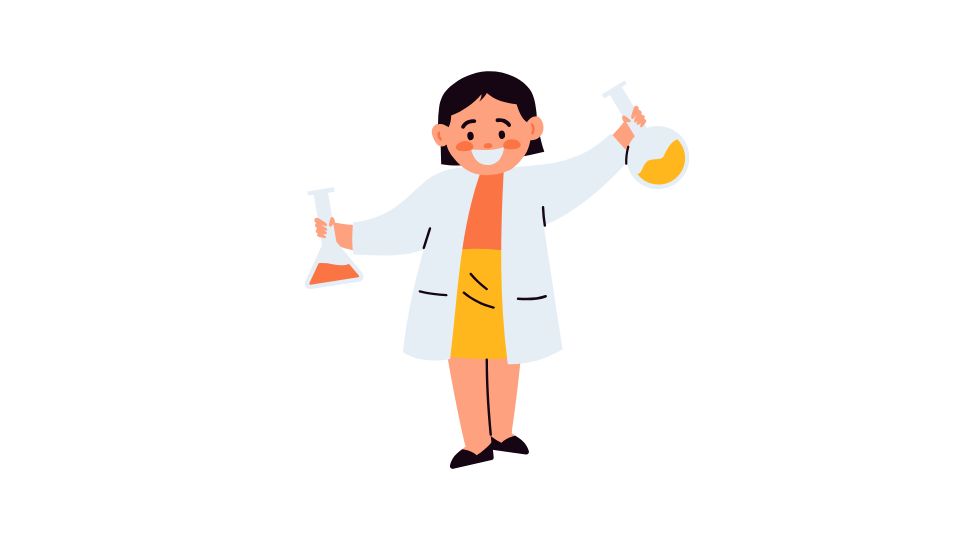
The COVID-19 pandemic showed us exactly why public health is a critical science. While doctors and nurses were heroically treating sick patients, public health scientists were:
- Tracking viral spread patterns
- Designing testing strategies
- Evaluating mask effectiveness
- Developing vaccination distribution plans
- Analyzing which populations were most vulnerable
All of these activities required rigorous scientific methods. Public health professionals don’t just guess – they collect data, analyze it, and implement evidence-based strategies.
As the CDC explains, “Public health is the science of protecting and improving the health of people and their communities.” Notice they don’t call it the “opinion” or “philosophy” of protecting health – it’s a science.
Education: Learning the Science of Public Health
The educational paths for public health and other health sciences can look quite different:
Public health degrees focus on:
- Epidemiology and disease prevention
- Program planning and evaluation
- Health policy and management
- Social and behavioral aspects of health
Other health science degrees tend to emphasize:
- Anatomy and physiology
- Clinical diagnosis and treatment
- Patient care techniques
- Individual disease processes
But here’s the thing: both paths require scientific thinking. Both teach students to collect evidence, analyze data, and make decisions based on research.
As the Association of Schools and Programs of Public Health points out, public health education equips students with skills to address complex health challenges through scientific approaches.
Why This Distinction Matters
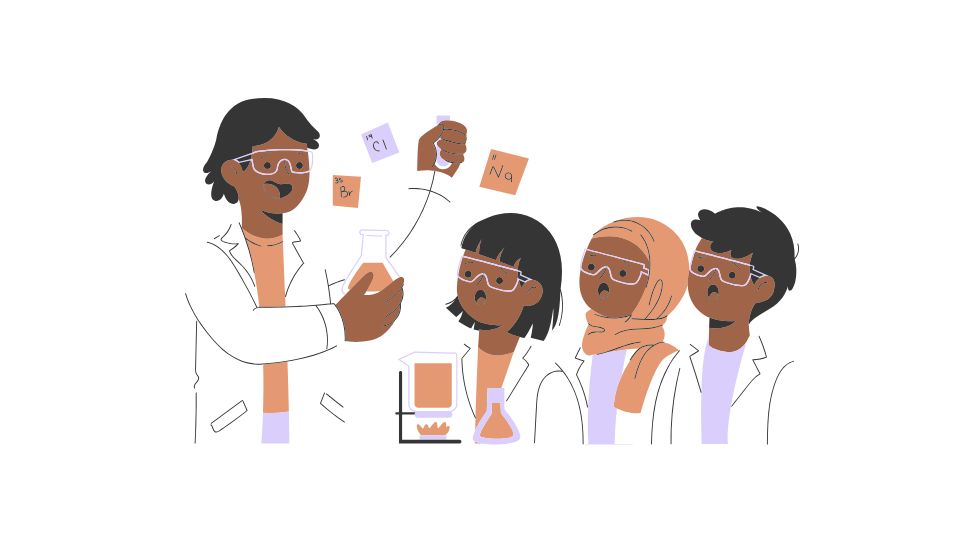
Understanding that public health is a legitimate health science matters for several reasons:
Respect and funding – Public health often gets less attention (and money) than clinical medicine, despite its massive impact
Career choices – Students considering health careers should know all their scientific options
Integration – The best health systems combine individual care with population approaches
Crisis response – As COVID showed us, we need both doctors treating patients AND public health scientists tracking outbreak
The Perfect Partnership
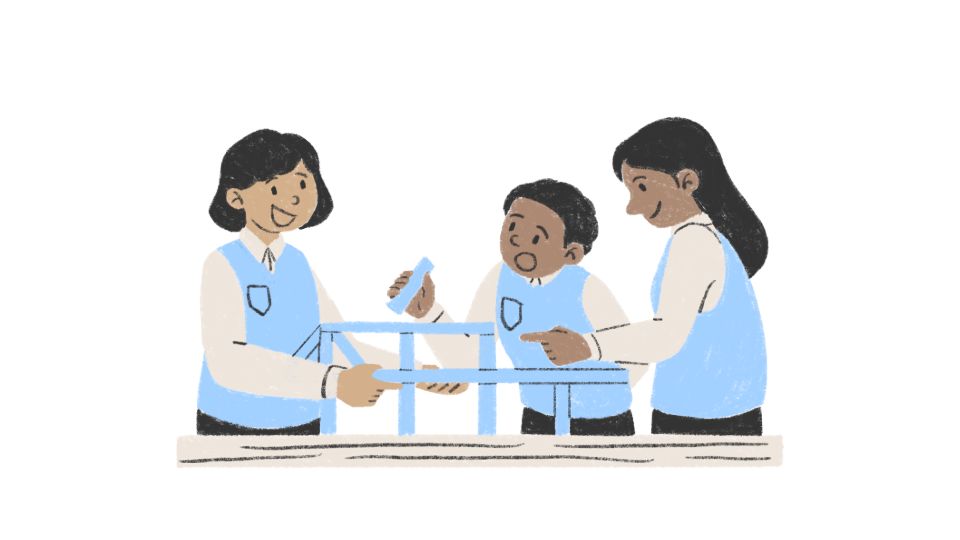
In reality, public health and clinical health sciences work best when they collaborate. It’s not an either/or situation.
Think of it this way:
- Clinical health sciences fix problems at the individual level
- Public health sciences prevent problems at the population level
Together, they form a complete approach to human health and well-being. The World Health Organization emphasizes this collaborative approach as essential for achieving global health goals.
So next time someone questions whether public health is a “real” science, you can confidently tell them: Absolutely yes. It’s a multidisciplinary health science that uses rigorous methods to improve health at scale.
And honestly, what’s more scientific than using evidence to save millions of lives?
